I.1. Seaside alder s
1.1. General Sherman Tre e
1.2. Chaco Canyo n
3.1. Temperatures during the past century 44
3.2. Bristlecone pine growth ring s
3.3. Temperatures during the past two millennia 48
3.4. Ice core layer s
3.5 . Vostok ice core temperature and carbon dioxide measurements 51
3.6. Carbon dioxide measurements at Mauna Loa 67
4.1. Tsalagi, a reconstructed Cherokee village 82
5.1. Deforestation and the water cycl e
5.2. Deforestation in Haiti and the Dominican Republic 97
5.3. Hubbard Brook watershe d
5.4. Root pressur e
6.1. Kansas roadside sig n
6.2. Lindeman trophic pyrami d
6.3. Ecosystem cycle s
7.1. Components of soi l
7.2. Perennial vs. annual root s
8.1. Productivity of plant habitat s
8.2. Conditions of plant habitat s
8.3. Timberline whitebark pin e
8.4. Bristlecone pin e
8.5. Post oa k
8.6. Sonoran Desert cacti and shrub s
8.7. Sonoran Desert wildflowe r
8.8. Contrasting mountain slope s
8.9. Rain shado w
8.10. Oaks and boulders
[ix]
9.1. Bishop pine saplings 178
9.2. Primary succession 183
9.3. Colonial stone fence 184
9.4. Secondary succession 185
9.5. Ice age vegetation 189
9.6. Kudzu 195
11.1. Sunflower breeding 222
11.2. Cherokee polyculture 225
[x]
tables
2.1. World oxygen productio n
3.1 . Effects of various factors on the earths surface heat 71
3.2. World ecological footprint s
3.3. World carbon emission s
5.1. Soil erosion and plant cove r
5.2. World salinizatio n
6.1. Fossil fuel required per calorie of animal product 118
7.1. World land degradatio n
8.1. Tundra specie s
8.2. Boreal and subalpine forest specie s
8.3. Deciduous forest specie s
8.4. Coniferous forest specie s
8.5. Desert specie s
9.1. Species that depend on fir e
9.2. Lake Michigan successional specie s
9.3. Successional species in eastern North America 186
10.1. Origins of crop s
12.1. Avoiding carbon emission s
[xi]
acknowledgment s
T he author is grateful to Eldon Franz of Washington State University and Steward T. A. Pickett of the Institute for Ecosystem Studies for reviews and advice; to Gleny Beach of Southeastern Oklahoma State University for illustrations; to Sir Ghillean Tolmie Prance, former director of Kew Gardens, and Wes Jackson, founder of the Land Institute, for encouragement; to David Van Tassel of the Land Institute; Teresa Golden of Southeastern Oklahoma State University for help with photographs; to my agent Jodie Rhodes of La Jolla, California; and to editors Doreen Valentine and Beth Gianfagna, who made a tremendous contribution to produc ing a readable and interesting manuscript.
[xiii]
GREEN PLANE T
INTRODUCTION
remnants of paradise
The alder, whose fat shadow nourishet h Each plant set neere to him long flourisheth .
WILLIAM BROWNE , CA . 1613
I t certainly didnt seem like paradise. I was up to my hips in the suck ing slime of a swamp. Because of the water had very little oxygen, the leaf litter and the corpses of mosquitoes and snapping turtles did not completely decompose. Instead they produced a dark brown glue that stained my clothes like a stygian tea. Bacteria released a putrid scent of hydrogen sulfide. I had no idea how deep the muck was, and my left leg slipped in more deeply as I tried to lift my right. There was nothing to grab on to except poison ivy, the thorny branches of green brier and rose, or dead sticks. I was in Hudson Pond in central Delaware. The bridge for U.S. Highway 113, only a few yards from where I stood, rumbled with hun dreds of cars and trucks. The passing motorists who looked down on me might have thought I was crazy if they knew that I was studying the small trees that grew in the swamp. If they knew that I had driven a thousand miles to see them, their suspicions would have been con firmed. But when I looked up at the trees that I had driven so great a distance to see, it all seemed worthwhile. There they were, Alnus mar itima , the seaside alders. Each one consisted of a cluster of little gray trunks, with serrated leaves and puffy, conelike fruits (fig. I.1). What makes this species so special is that it is very rare, and that it has an unusual geographic distribution. All of the seaside alders in the entire world occur in just three populations. The first population lives along

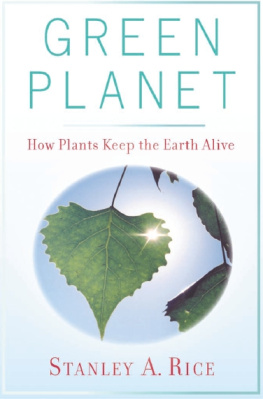

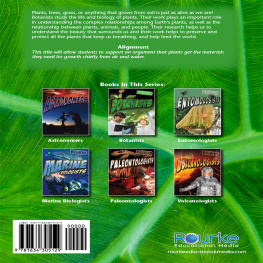

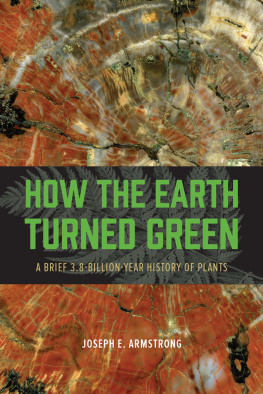

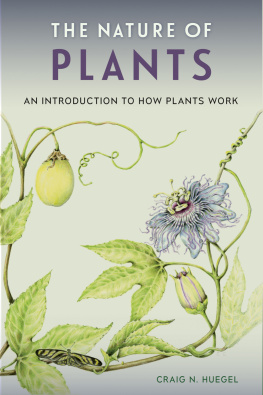

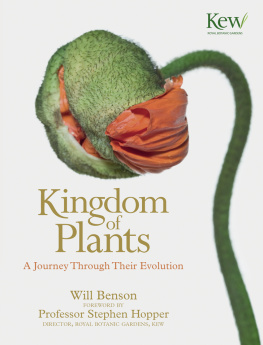
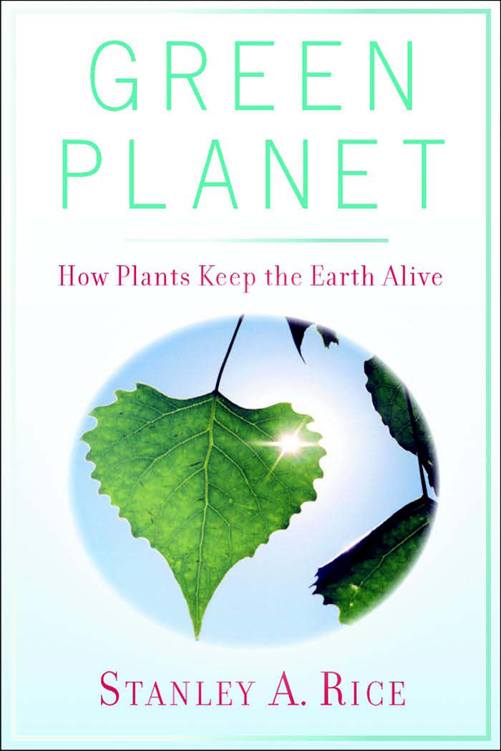
 This book is printed on recycled paper. Manufactured in the United States of America
This book is printed on recycled paper. Manufactured in the United States of America